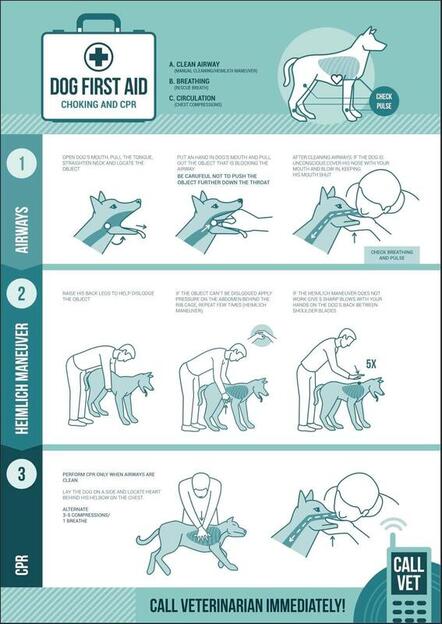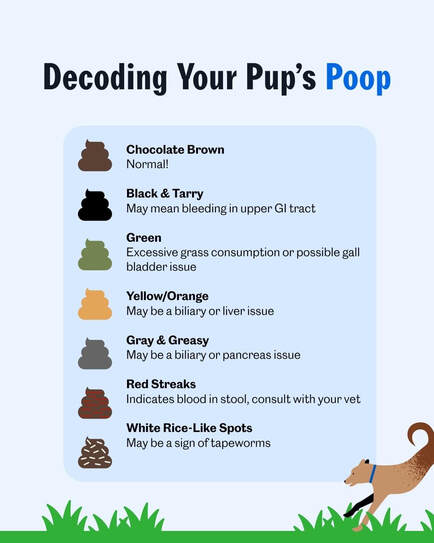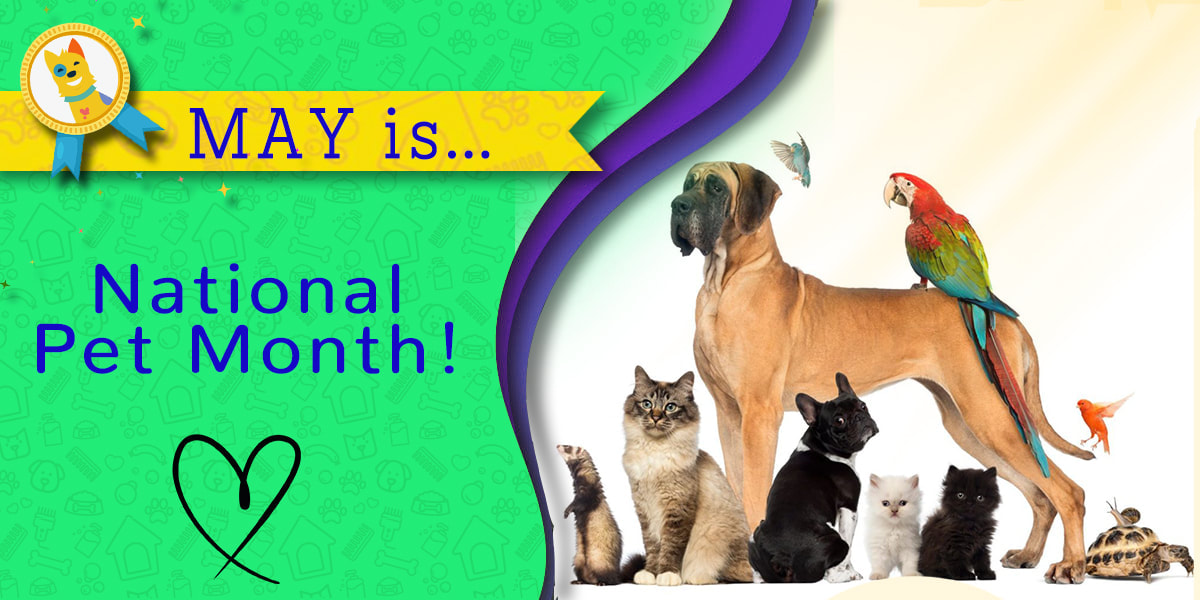 As the vibrant colors of spring transform the outdoors, nature enthusiasts and pet owners eagerly anticipate the warmer days and longer walks with their four-legged companions. However, this change in season also signals the arrival of an unwelcome guest: ticks. These tiny arachnids pose a threat to both humans and animals, and it's crucial for dog owners to be well-prepared to safeguard their furry friends. In this blog post, we'll explore the significance of tick season and provide essential tips on protecting your dog from these potential dangers. Tick season typically corresponds with the warmer months, starting in early spring and extending through the summer and fall. Ticks thrive in humid and wooded environments, making parks, hiking trails, and even your backyard potential hotspots for these pesky parasites. Dogs are particularly susceptible to ticks due to their outdoor activities and the abundance of thick fur that offers easy hiding spots. Ticks aren't just a nuisance; they can transmit various diseases to both dogs and humans. Lyme disease, anaplasmosis, ehrlichiosis, and Rocky Mountain spotted fever are some of the most common tick-borne illnesses that can affect our canine companions. These diseases can lead to a range of symptoms, including fever, fatigue, joint pain, and in severe cases, organ damage. Detecting and treating tick-borne diseases in dogs can be challenging, which is why prevention is vital. Protecting your dog from tick bites involves a multi-faceted approach. Here are some proactive measures you can take to minimize the risk:
At Little Landmines Pet Waste Removal, we understand the importance of maintaining a clean and tick-free environment for your pets. While we specialize in pet waste removal, we also emphasize the significance of protecting your dogs from external dangers like ticks. By working together, we can ensure that our dogs enjoy their outdoor adventures while remaining healthy and happy throughout the tick season and beyond.
0 Comments
 As pet owners, we adore our four-legged companions and strive to provide them with the utmost care and safety. However, emergencies can happen when we least expect them, and being prepared to handle such situations is crucial. One vital skill every pet owner should have in their arsenal is dog CPR (Cardiopulmonary Resuscitation). In this blog post, we'll explore the importance of dog CPR and provide you with a step-by-step guide on how to perform it effectively. Understanding the Importance of Dog CPR: Cardiopulmonary Resuscitation (CPR) is a life-saving technique used to revive individuals whose heart or breathing has stopped. While we hope we never have to use it on our beloved pets, being equipped with this knowledge can make a significant difference in an emergency situation. Whether it's a near-drowning incident, cardiac arrest, or any other life-threatening situation, performing CPR on your dog can buy you valuable time while waiting for professional veterinary care. By maintaining oxygen flow and circulation to vital organs, dog CPR can potentially save their lives. Step-by-Step Guide to Dog CPR:
 As pet owners, we often find ourselves on poop patrol, cleaning up after our furry friends. But did you know that your dog's poop can provide valuable insights into their health? That's right! By decoding the messages hidden within those little landmines, you can gain a better understanding of your dog's well-being. In this blog post, we'll explore the fascinating world of canine poop and help you decipher what it might be telling you about your beloved pooch's health. Consistency Matters: The consistency of your dog's poop can reveal a lot about their digestive system. Here's a quick breakdown: • Firm and well-formed stools generally indicate a healthy digestive tract. • Loose or watery stools may indicate an upset stomach, food intolerance, or even a potential infection. • Dry and hard stools might suggest dehydration or constipation. 2 Color Clues: The color of your dog's poop can also be a significant indicator of their health: • Brown: The most common color, indicating a healthy digestive process. • Black or Tarry: Could signify the presence of blood in the upper gastrointestinal tract and may require immediate veterinary attention. • Yellow or Greasy: Could be a sign of a pancreas or liver issue, warranting a visit to the vet. • Green: Could indicate a dietary change, the consumption of grass, or an underlying health concern. 3 Smell Sense: While not the most pleasant aspect of poop analysis, odor can provide some important health clues: • Mild Odor: Normal and expected, suggesting a healthy diet and digestion. • Strong or Foul Odor: Could indicate an infection, dietary issue, or gastrointestinal problem. 4 Unusual Additions: Keep an eye out for any unusual additions in your dog's poop, as they might signal health issues: • Blood: Visible blood or red streaks could be a sign of bleeding in the digestive tract, and immediate veterinary attention is recommended. • Mucus: A small amount of mucus may not be cause for concern, but an excessive presence might indicate an underlying gastrointestinal problem. • Foreign Objects: The presence of non-food items in your dog's poop could suggest a possible blockage, and veterinary intervention should be sought. While it may not be the most glamorous topic, paying attention to your dog's poop can provide invaluable insights into their overall health. By observing the consistency, color, smell, and any unusual additions, you can decode important messages about their well-being. However, it's important to remember that every dog is unique, and occasional variations in poop are normal. If you have any concerns or notice persistent changes, consult your veterinarian for a professional opinion. Until then, let Little Landmines Pet Waste Removal take care of the dirty work, so you can focus on being a responsible and informed pet owner! Disclaimer: This blog post is for informational purposes only and should not be considered a substitute for professional veterinary advice. Always consult with your veterinarian for specific concerns about your dog's health.  May is National Pet Month, a time to celebrate our furry, feathered, and scaled friends and promote responsible pet ownership. At Little Landmines Pet Waste Removal, we're passionate about pets and their well-being, and we're excited to share some tips and resources for making the most of this special month. Why National Pet Month is Important! National Pet Month was founded in 1991 to raise awareness about the benefits of pet ownership and to encourage people to adopt and care for pets in a responsible way. Here are some reasons why National Pet Month matters:
How to Celebrate National Pet Month! Here are some ways you can celebrate National Pet Month and show your love for your pets:
|
AuthorVisit the Dog Blog on Little Landmines for fun musings, puns, tips & tricks by Jennifer Sparks, owner of Little Landmines and resident animal lover Archives
July 2024
Categories |
 RSS Feed
RSS Feed
